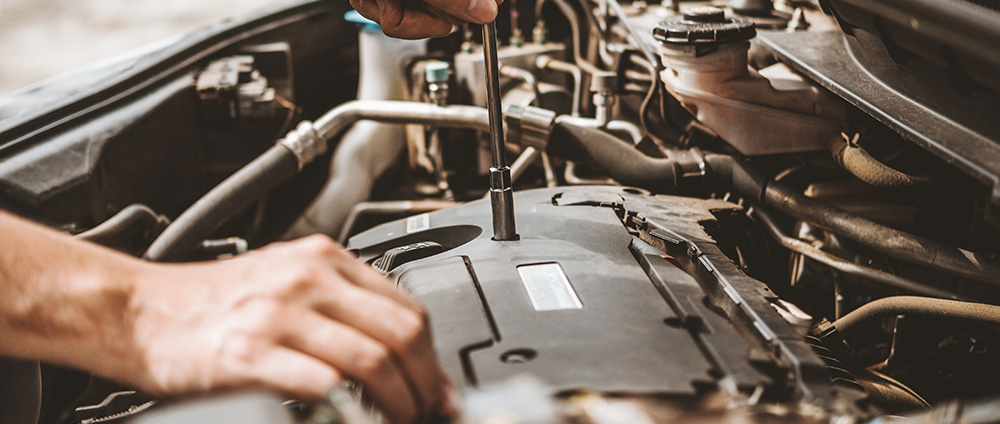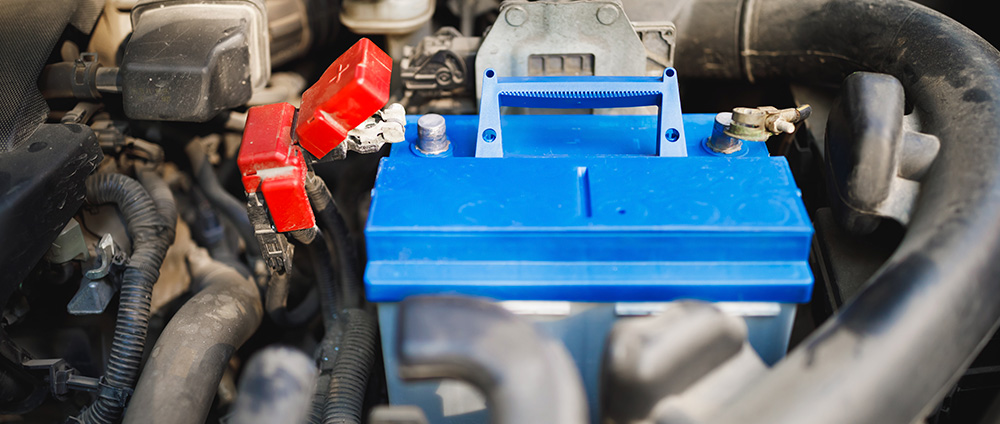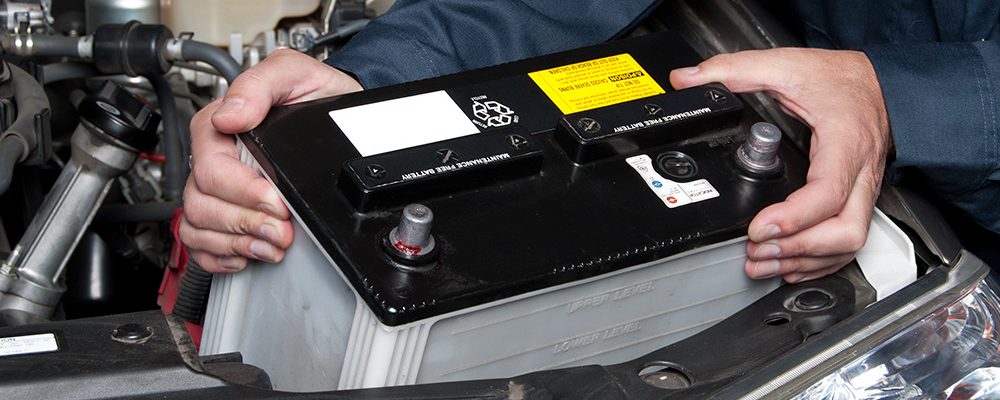Car batteries run for a limited time. They are vulnerable to heat and they made of several components. This means you should take proper care of them and inspect it regularly to ensure the battery is running healthily. Fortunately, it is easy to check your car battery’s health. And you can do it at home. In this article, we will list down step-by-step instructions on how to perform simple checks on your car battery, so it can keep running for long without popping up troubles in performance.
Keep the Cables Clean
The cables that are attached to your ports on your car’s battery are prone to corrosion. Due to the build-up of corrosion, the contact between the cables and the port can wear off. You must clean the top and the cables using baking soda, water, and fiber bristle brush. This will ensure that the contact and power supply is maintained at all times. Corroded batteries do not supply power to the car. This is one of the main reasons why your car won’t start.

Maintain the Electrolyte Level
The electrolyte level can drop within the battery after prolonged use. Always check for the electrolyte level in the battery. If it is low, pour distilled water into the holes. Make sure you do not completely fill to the brim. Allow the water to settle for a few hours.
Removing the Battery
Before removing the battery, you must ensure that the cables have been removed. To do so, uninstall the clamp and disconnect the negative cable. Once this is done, only then remove the positive cable. Remember, not to smoke cigarettes or light a match near the battery. Also, if possible, wear protective eye gear when performing this step.

Replacing the Battery
Car batteries are quite heavy. Remember, they contain acid within. When lifting the old battery, tie the sides with a durable strap and then lift it very careful so as not to drop the dangerous acid. Stash it away carefully or trade it for a new battery.
Reinstalling A New Battery
When you install a new battery, make sure it is held tightly by the clamp. Once that is done, connect the cable to positive terminal first and only when you have done so, connect the cable to the negative terminal. To prevent the terminals from corroding, apply some petroleum jelly on the terminals. However, do so before you have fasted the clamps to the posts.


